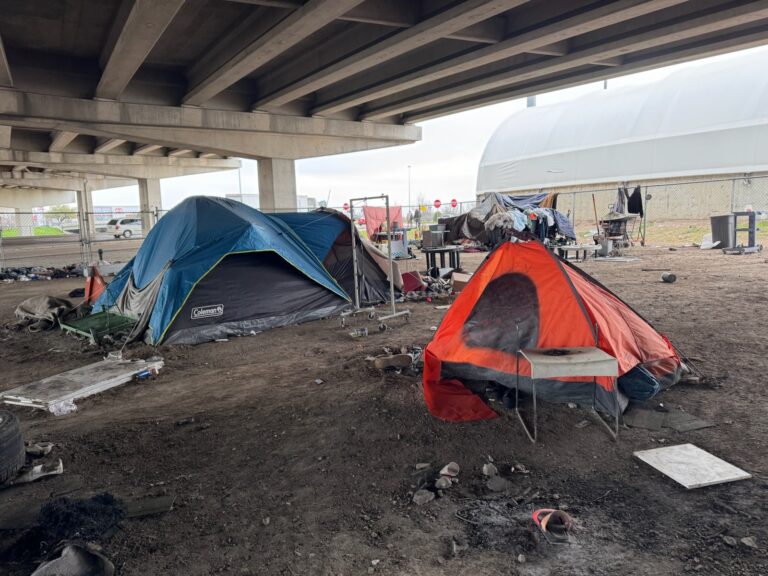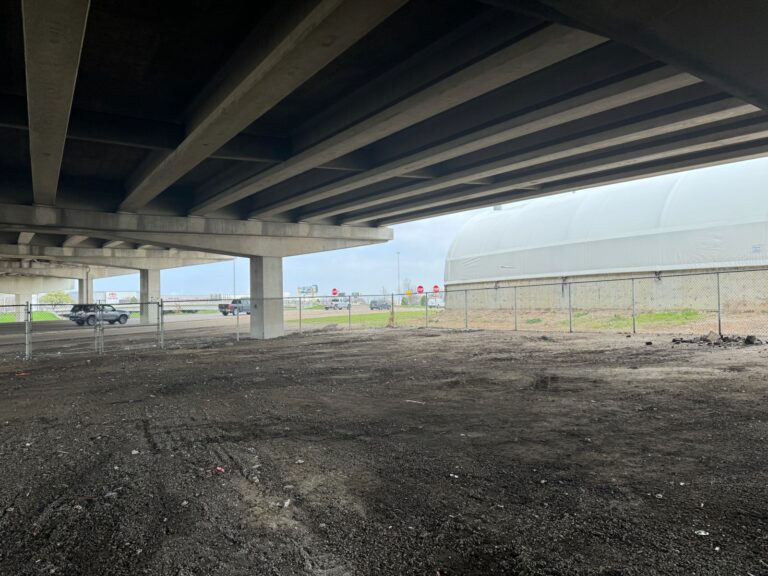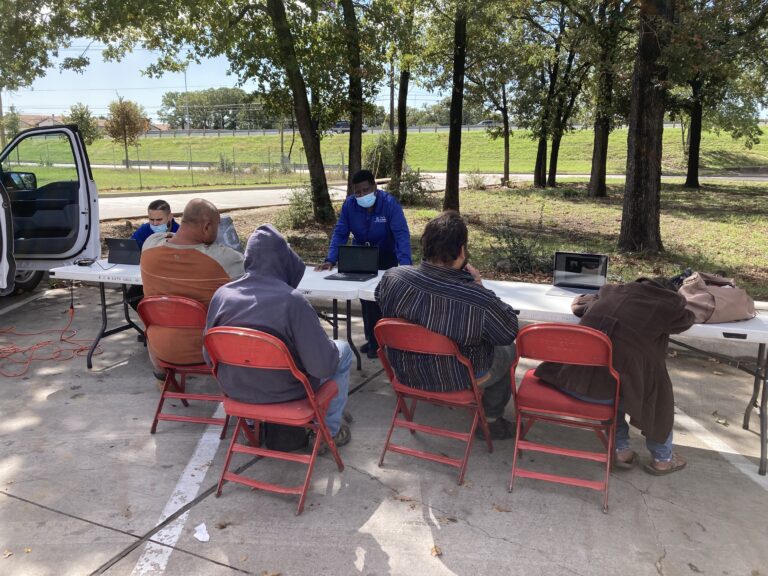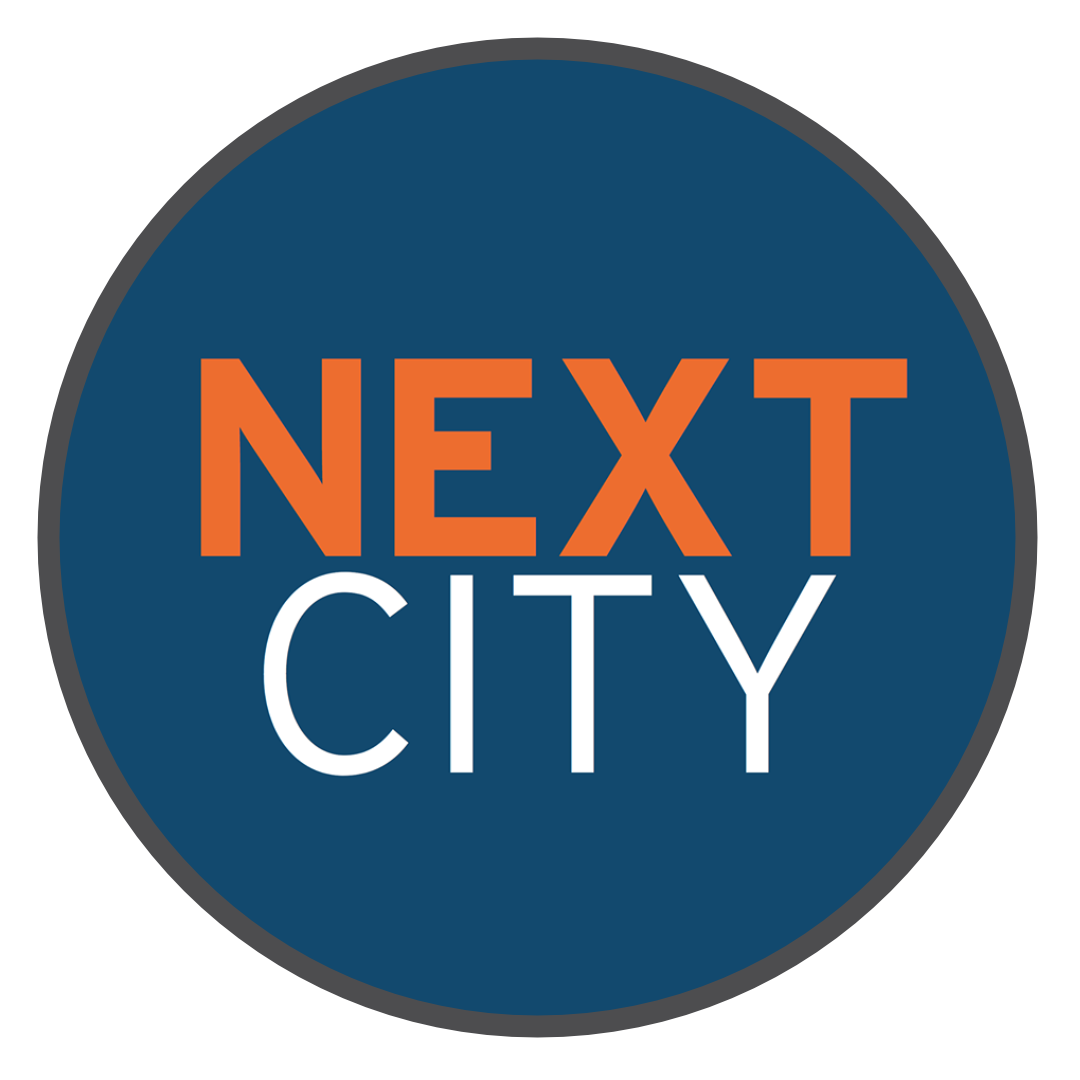direct to housing
encampment response
A new model for meaningfully responding to unsheltered homelessness that allows communities to address concerns around public safety and connect people experiencing homelessness to housing
Cities including Oklahoma City, OK, Hartford, CT, New Orleans, LA, Dallas, TX, Houston, TX, Hartford, CT, and Cleveland, OH have successfully implemented the model. In 2024 so far, the Clutch team and client cities have housed 277 people by closing 17 encampments in three of those cities.
The model is anchored in high-level collaboration and coordination between Continuum of Care organizations and local government and emphasizes innovative, fast, and nimble service delivery. Rather than the temporary use of shelters or navigation centers, this model prioritizes the direct provision of housing by accessing rental units, paired with supportive services, via the private market.





WHY IT WORKS
The Direct to Housing Encampment Response method meets the needs of diverse constituents—creating political wins. The model empowers local jurisdictions to systematically reclaim and maintain public spaces for general use. At the same time, due to a rigorous commitment to Housing First principles, individuals experiencing homelessness are able to move directly into housing with the support services they need.
The model allows local government in partnership with law enforcement to protect and serve all citizens. Law enforcements’ role in many homelessness response systems is one of last resort, with few tools available to humanely respond to individuals experiencing homelessness. The Direct to Housing model includes law enforcement as a partner with a specific role to play within the larger rehousing system. As the homelessness response system prioritizes rehousing, law enforcement maintains closure of each former encampment site through regular patrols and proactive engagement—eliminating the need to resort to unnecessary and costly ticketing or arrests.
The model puts equity into action—activating systems to work for clients and meet equity goals. This method requires rehousing systems to eliminate barriers, reduce red tape, and work quickly to deliver stable housing and services to every person experiencing unsheltered homelessness. This approach can rapidly move communities and homelessness response systems towards a mindset of abundance, where everyone is afforded a safe and habitable home with the services they need.
This emerging model compels homelessness response systems to evolve into rehousing systems—strengthening system cohesion and morale, improving outcomes, minimizing cost, and meeting the political moment by demonstrating success.
How it works
Public Private Partnership
The model leverages public funds for rehousing activities and pairs with private funds from local philanthropy or other significant donors.
Intensive Focus on a Single Location
The model creates a structure that strategically prioritizes locations, allowing intense focus on a single location and group of people for an extended period of time.
Bring Rehousing Services to the Site
Bringing all staff, procedures, and paperwork into the field results in higher rates of completion and faster processing times.
Landlord Engagement Team and Flexible Fund
A landlord engagement team creates business relationships in the multi-family rental market to broker access and secure a portfolio of units to be used by the rehousing system. A Flex Fund is created from private resources that can be used to hold units until move-in day or for one-time expenses that stand in the way of ending someone’s homelessness.
City and Rehousing System Project Managers
The model’s organizational structure features two project managers that manage daily coordination of the teams and interdependencies, clearing the path for teams to do their work, and elevating needs and challenges to leadership.
Legal Notices
In addition to robust communication from outreach workers, legal notices are provided to residents 7 days, 3 days, and 24 hours prior to site closure and are effective in notifying both residents and visitors of the site.
Intentional Closure Maintenance Plan
New partnerships with City departments, management districts and property owners required for closure maintenance are established during this process. Faster communication, improved alignment, and ongoing maintenance ensure that former encampments stay closed long-term. Communities can choose to strategically engage law enforcement as a partner for ongoing closure maintenance after clients are moved into housing.
Hear from Our Partners
Homeless encampments are a public health and public safety issue for the community and people residing in them. In New Orleans, my colleagues and I use the Direct to Housing Encampment Response model that strategically guides us to provide quality services to unhoused people and streamline clients’ transition into housing with support services. Since the start of our encampment closures, 107 people have been housed. We are proud to be a part of this innovative work in New Orleans, which we expect to become a best practice for other cities to follow as we all work to find solutions to this pressing municipal problem.
Lesli Harris
City Council Member
New Orleans, LA
One of the Key to Home Partnership’s goals is to rehouse 500 people experiencing unsheltered, chronic homelessness by the end of 2025. Clutch Consulting has helped us advance this goal through the development, testing and implementation of the Encampment Rehousing Initiative. This is an efficient and ethical way of eliminating encampments one by one, as our homelessness response system provides housing and supportive services to their inhabitants. Clutch has also been instrumental through this strategy to create partnerships with the service providers, private donors and the City for a pathway to success. This practice allows us meet our community’s needs, ensuring we have a safe and healthy city and putting our most vulnerable residents on a path to recovery.
Craig Freeman
City Manager, City of Oklahoma City
Oklahoma City, OK
At Downtown Dallas, Inc., (DDI) our dedicated homeless outreach team works every day in partnership with service providers to connect our neighbors experiencing homelessness with the resources they need to be rehoused. It is often intense and challenging work, but we firmly believe in the encampment decommissioning strategy that connects people with housing and wraparound services. Everyone in Downtown Dallas deserves to be treated with dignity and this work is among the most important that we do.
Jennifer Scripps
President and CEO, Downtown Dallas, Inc
Dallas, TX
As the lead agency for two regions in Connecticut, Journey Home has been searching for a solution to our growing unsheltered homelessness crisis. The direct to housing encampment resolution model perfectly meets our needs, giving immediate relief to our community and empowering our service providers to rehouse and support individuals with the urgency and speed they have longed for. The method streamlined our rehousing operations, strengthened collaboration between our members, and is helping us make a measurable impact to decrease unsheltered homelessness.
Sarah Pavone
Director of Strategy, Journey Home CT
Hartford, CT
Homelessness is a community issue that can only be addressed by all of us working together. Our robust partnership with the homelessness response system in Oklahoma City has streamlined and strengthened our operations. Our officers are empowered with tools and standard practices to connect individuals experiencing homelessness with service providers—a more effective response than issuing tickets or making arrests.
Wade Gourley
Police Chief, City of Oklahoma City
Oklahoma City, OK
When I was Assistant Director of Homeless Services at City Square in Dallas, I managed our outreach teams working with unhoused neighbors living in encampments. Being a part of implementing the Direct to Housing Encampment Response was life-giving for our neighbors and outreach workers. In traditional outreach, teams are working to establish trusting connections and provide services while neighbors are waiting months or even years to access housing. Now, we are able to connect folks to housing within 6-9 weeks—totally changing the dynamic. Many of my outreach staff began requesting to work on the encampment-focused teams, even though it is fast-paced, hard work, because they found it to be the most impactful for themselves and for their clients. This experience showed me what a community can do to end homelessness when we have all right the resources at our disposal.
Yolanda Williams
Senior Director of Operations, Austin Street Center Dallas, TX
learn more
Ready to dig deeper into the Direct to Housing Encampment work? Join us for a hour-long Q&A session where Clutch Managing Partner Mandy Chapman Semple will answer your question about how the model works and how you can implement it in your community.
The next session is Monday, June 17 at 3:30 pm CST
Press

SCOTUS Is Set To Make a Watershed Ruling on Homelessness. But Real Solutions Already Exist.
Op-ed: We designed homelessness programs in Houston and New Orleans that made a real, measurable impact. Your city can, too.

Oklahoma City clears homeless camp after program provided housing for 17 people living there
The city's new Key to Home program moved 17 people from living under a bridge near Interstate 44 and Pennsylvania Avenue into their own home.

New Orleans Has Achieved a 12 Percent Reduction in Its Unsheltered Population
A new city office focused on homeless services has given a boost to programs to help the unhoused in New Orleans.

Dallas housing staff closes the Meyers Jeffries homeless encampment
“The collaboration and teamwork were incredible, and words really cannot describe the impact of this humanistic solution.”

Mayor Justin Bibb: Cleveland is one step closer to ending homelessness
City’s plan to reduce homelessness has proven successful in its first 30-days

CT town clears tent camp, moves homeless people into housing
“In all of the sites that we’ve done, and across three cities now, 100% of the folks we’ve engaged have accepted housing, Pavone said.
For media requests, reach out to Penny at media@clutchconsultinggroup.com
FAQs
DELETE